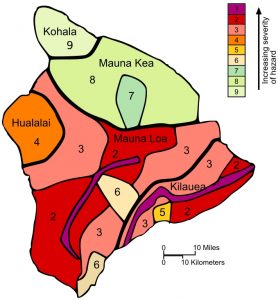Our land search is based on the availability of plentiful water, the carrying-capacity for our envisioned number of community members, land use flexibility/accessibility, degree of development, affordability and safety. Since any given parcel presents a different mix of these factors, and since our group’s initial buying power is yet to be determined, the below discussion should be taken as a tentative initial consensus, potentially subject to change as our core group grows.
PLENTIFUL WATER
Water is the lifeblood of any permaculture system. We seek land with an autonomous, clean water source, ideally originating on high ground for gravity delivery to systems and infrastructure. This places us on the wetter, windward side of the island. Due to climate change we will need to plan accordingly, anticipating erratic fluctuations between prolonged hotter, drier spells and wetter, grayer periods. If the water source is a stream diversion, for example, we’ll consider a large year-round stream more reliable than a small one; if the water source is rainwater catchment, we’ll target (living at elevations a few hundred feet higher than those that provide ample rainfall now. We’ll want to invest in water infrastructure that doesn’t need replacing (cement/clay vs. metal/plastic catchments), works passively (stream/rainwater catchment vs. well/electric pump), and minimizes toxicity (HDPE/copper vs. PVC). We may need a greater number of catchment tanks on the land, or ones of greater volume, to compensate for increasing drought. Having a number of ponds on the land will also serve our water security needs. It is doubtful that we’d choose a location that relies on County water, unless transition to an autonomous source is viable.
CARRYING-CAPACITY
Our permaculture design will aim towards complete self-sufficiency in zones 1-4 for our intended final population. In the wet subtropics this can likely be achieved with an estimated two acres per person. We envision an eventual community of 20-30 people, including children. This leads us to seek land at least ~50 acres in size. We’d also like access to untouched areas of natural beauty (zone 5), probably forested, which leads us to look for larger properties or those adjacent to forest reserves.
LAND USE FLEXIBILITY/ACCESSIBILITY
For any given parcel of land, we’ll consider its zoning and its terrain/soil type to determine the feasibility of community development. Unfortunately, Hawai`i zoning and building codes present significant obstacles to legitimate community living. Probably we will find land in the Agricultural Zone. Depending upon the parcel, a number of workarounds are available:
• Subdivision. The land may be a collection of contiguous parcels, or may be legally subdividable into smaller parcels. Since each parcel can legally have one residence, this approach allows the community to build multiple permanent residences.
• Agricultural dwellings. If the land is demonstrably agricultural in its use (for instance, we may consider purchasing a macadamia nut orchard, or ranch-land), then multiple farmworker dwellings can be built for the community members who are doing that work.
• Tiny homes. Tiny permanent residences and portable residences (tiny homes on trailers) provide some flexibility.
• Satellite design. Rooms that are connected by roofs are considered to be part of one structure, so a central community hall/kitchen could be connected by covered walkways to a number of private residences.
In terms of terrain, we’ll seek land that hopefully requires a minimum of heavy equipment use to establish accessibility and adequate building sites. Our desire is to establish maintenance systems that can be accomplished on foot, or possibly on riding-animals. In terms of soil type, we highly prefer land with significant existing soil, though it might be degraded. We’ll work to build soil fertility, permeability, and carbon sequestration capacity, but it would be great to have something there to start with.
DEGREE OF DEVELOPMENT
We’d like to move onto land for which some infrastructure development has taken place. For instance, roadways to level building sites or around the perimeter would probably be a plus, as would be perimeter fencing, cross-fencing, or existing cesspool or septic systems. In terms of structures, an initial multi-bedroom home, outbuildings (storage shed, agricultural warehouse, etc.), and water supply could allow for immediate habitation. This would greatly enhance our ability to get onto the land and start our observations and work towards the community design—even if these structures were eventually repurposed for other uses.
One area of particular importance to our group is food self-sufficiency. We’d really love to find a place which has a significant amount and diversity of mature food-producing trees and shrubs already established; fences for grazing animal systems would definitely be a plus.
All of this being said, the right parcel of raw land could very well inspire us to start from scratch, given thoughtful and ample budgeting.
AFFORDABILITY
We need to build a founder’s group with enough access to capital/income to make the initial purchase of land, to implement any critical infrastructure improvements, and to sustain itself once living on the land. The amounts needed for these categories will vary based on real estate market fluctuations, the geographic area of the parcel, the amount of existing infrastructure, the projected maximum community size, and the financing model. In general, we are averse to going into debt to buy land; we seek founders and members like ourselves, with resources at their disposal to make this happen with cash.
Our founders group will need to determine a ‘buy-in’ amount that every member needs to initially (or eventually) contribute. If the land price is more than the sum of the founders’ buy-ins, then perhaps individual founders may choose to invest more in the initial purchase, to be paid back through the buy-ins of future members. New infrastructure needs to be carefully considered because of both its environmental and economic costs. Perhaps finding a neglected property that has good bones would strike a middle ground in which both collective labor and an orientation towards using reclaimed and natural materials could economize the process of getting the land livable.
SAFETY
All three initial founders have lived in Puna for many years, and went through the fear and uncertainty of the 2014 and 2018 Kilauea lava flows. Though we love the culture and fertility of parts of Puna, we feel it is time to migrate to a part of the island with less lava hazard risk. Currently, we are keeping a close eye on properties in South Hilo, North Hilo, Hamakua, and North Kohala, within Lava Hazard Zones 8 and 9. In these zones, we’ll pay particularly close attention to flash flood and erosion threats, as extreme weather events are anticipated to increase. Also, our building designs and locations will be geared towards weathering more frequent and stronger hurricanes.

rev. 4/20/21

